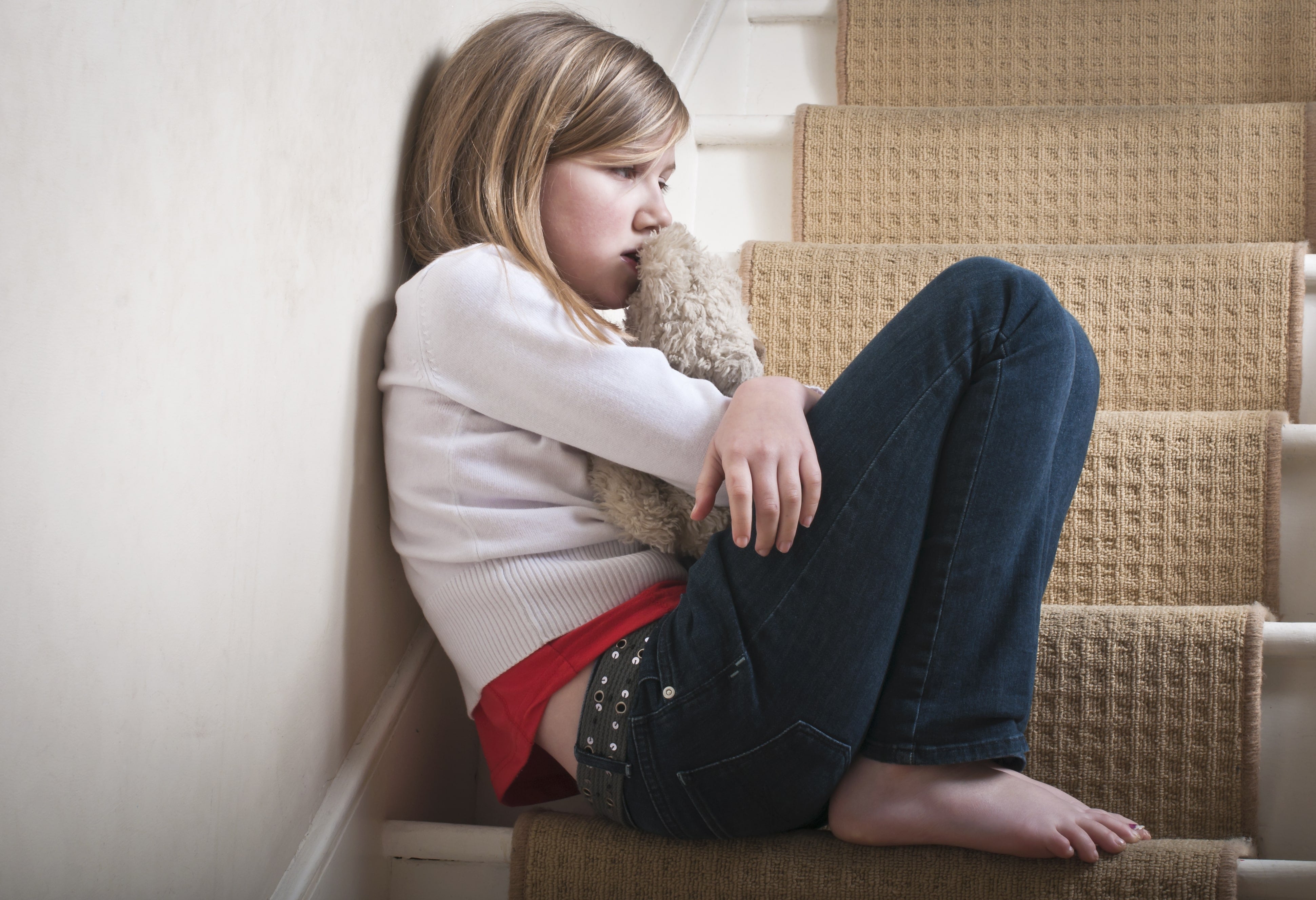Schizophrenia is part of a cluster of diagnoses called the schizophrenia spectrum and other psychotic disorders. Schizophrenia spectrum and other psychotic disorders are a group of psychiatric conditions that include:

Onset of Schizophrenia before age 18 is commonly characterized as early-onset schizophrenia (EOS). Onset before age 13 is considered childhood-onset schizophrenia (COS).
These disorders are characterized by symptoms that can be divided into two groups: positive and negative.
Positive symptoms are those which are in addition to normal experiences and which youth without schizophrenia will rarely experience. Positive symptoms include delusions, hallucinations, disorganized thinking (speech), and grossly disorganized or abnormal motor behavior (including catatonia). Delusions are fixed beliefs that are not amenable to change in light of conflicting evidence. Hallucinations are perception-like experiences that occur without external stimulus. Disorganized thinking/speech is characterized by a derailment or loose associations in an individual's speech pattern. Grossly disorganized or abnormal motor behavior is a difficulty in sustaining goal-oriented behavior. This may manifest itself in a variety of ways, ranging from childlike "silliness" to unpredictable agitation.
Negative symptoms include diminished emotional expression, avolition, alogia and anhedonia. Negative symptoms are those that involve a loss of normal function or experience. Diminished emotional expression is the reductions in the expression of emotions in the face, eye contact, intonation of speech, and movement of hand, head, and face that normally give an emotional emphasis to speech. Avolition is a decrease in motivated self-initiated purposeful movement. Alogia is manifested by diminished speech output. Anhedoia is the decreased ability to experience pleasure from positive stimuli.

Schizophrenia is a neuropsychiatric disorder that affects approximately 0.3-0.7% of adults. Onset of schizophrenia typically occurs between ages 16 and 30. Schizophrenia in youth is extremely rare. Schizophrenia with onset in youth accounts for approximately 1% of all individuals with schizophrenia.
The most common symptoms in EOS are hallucinations, formal thought disorder, and flattened affect, with systematic delusions and catatonic symptoms being less common. The diagnosis of EOS is made using the same diagnostic criteria as those used for adults.
Schizophrenia is characterized by five main symptoms:
The symptoms and behavior of children and adolescents with schizophrenia may be different from that of adults with this illness. The following symptoms and behaviors can occur in children or adolescents with schizophrenia:

Although the essential features of adult schizophrenia are the same in childhood, it is harder to diagnose in children and adolescents. Common premorbid difficulties include social withdrawal and isolation, disruptive behavior disorders, academic difficulties, speech and language problems, although these problems are also often present in children who do not go on to develop schizophrenia.
EOS and COS are frequently marked by deficits in cognitive impairment such as deficits in attention or vigilance, memory, and executive functioning. A generalized or global impairment (e.g., subaverage IQ) is also common in this population. Approximately 10-20% of children with schizophrenia have a full-scale IQ of 70 or below.
Because schizophrenia in youth often has an insidious onset, the gradual development of psychotic symptoms in a child with premorbid language delays and social withdrawal can be difficult to recognize. Children may experience less elaborate delusions and hallucinations than adults. Visual hallucinations are more common in children with schizophrenia and should be distinguished from normal fantasy play. Symptoms such as disorganized speech and behavior, which are typically present in schizophrenia, also occur in many other disorders of childhood onset (e.g., autism spectrum disorder and attention-deficit hyperactivity disorder).
Family, twin, and adoption studies support a strong genetic component for schizophrenia. The lifetime risk of developing the illness is 5-20 times higher in first-degree relatives when compared to the general population. Risk factors that include paternal age and in utero exposure to maternal famine have also been hypothesized to contribute to the development of schizophrenia. Early childhood trauma has also been associated with childhood psychotic symptoms. Children who experienced maltreatment by an adult or bullying by peers were found to be at a higher risk for psychotic disorders later in life. Schizophrenia peaks at the age of 15 and this is one of the reasons why many authors see puberty as a risk factor for schizophrenia. Neurobiological changes that occur during the puberty and adolescence can influence more frequent occurrence of schizophrenia during this period of life. These neurobiological changes include progressive ventricular enlargement, reduction in total brain and thalamus volume, changes in temporal lobe structures, reductions in frontal metabolism, volume reduction of the associative cortex and hippocampus, synaptic elimination during adolescent development of the prefrontal cortex, diminishing of cerebral plasticity, and changes in neurotransmission.

EOS is treated using generalized results from adult schizophrenia population studies. Published treatment guidelines for EOS include those from the Journal of the American Academy of Child and Adolescent Psychiatry.
First Line Treatments
Second Line Treatments
In cases of nonresponse to first-line treatment, adjunctive treatments to be used in conjunction with antipsychotic medications with reasonable evidence of efficacy include:
Third Line Treatments
When patients do not respond adequately to the first- and second-line treatments described above, other strategies might include:
Additional Treatments to Consider
Preliminary evidence suggests that the following strategies, while not a substitute for better validated treatments described above, might be considered.
First Line Treatments
Second Line Treatments
In cases of nonresponse to first-line treatment, adjunctive treatments to be used in conjunction with antipsychotic medications with reasonable evidence of efficacy include:
Third Line Treatments
When patients do not respond adequately to the first- and second-line treatments described above, other strategies might include:
Additional Treatments to Consider
Preliminary evidence suggests that the following strategies, while not a substitute for better validated treatments described above, might be considered.